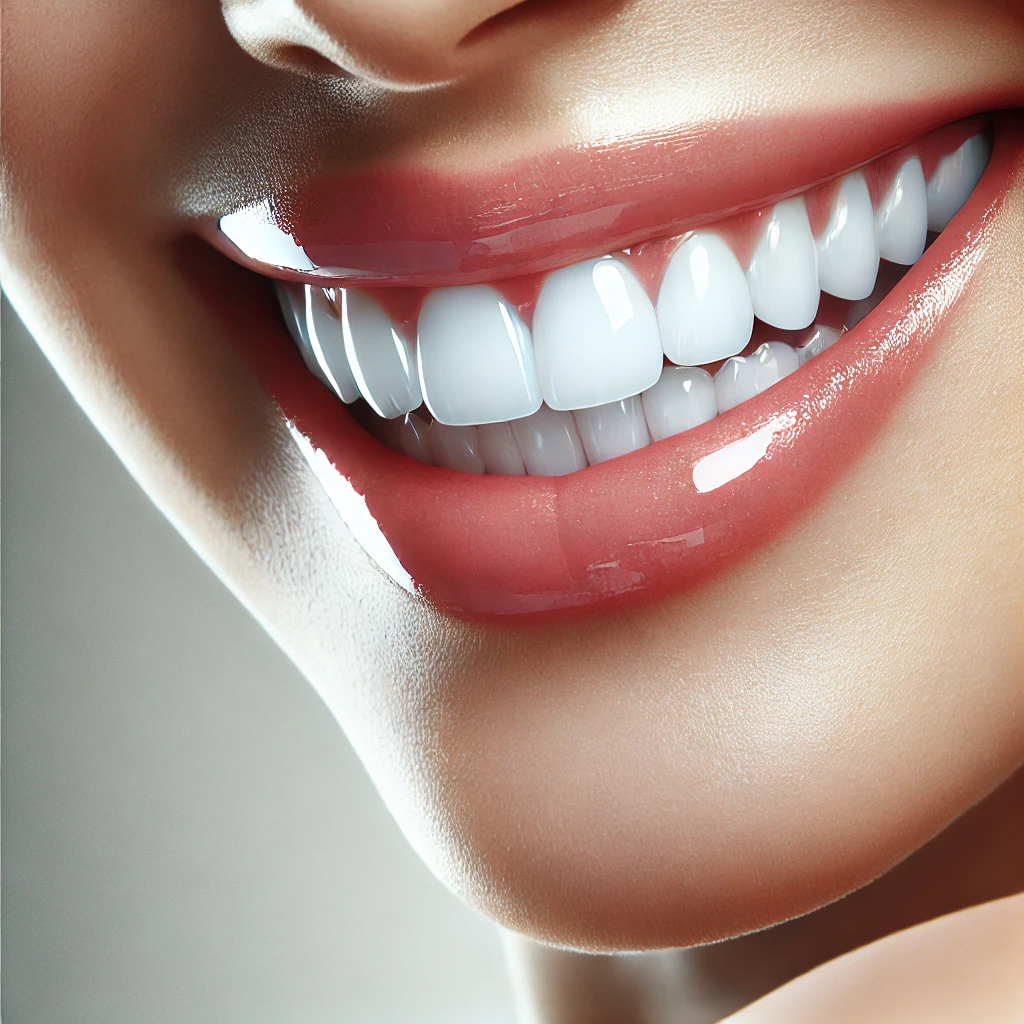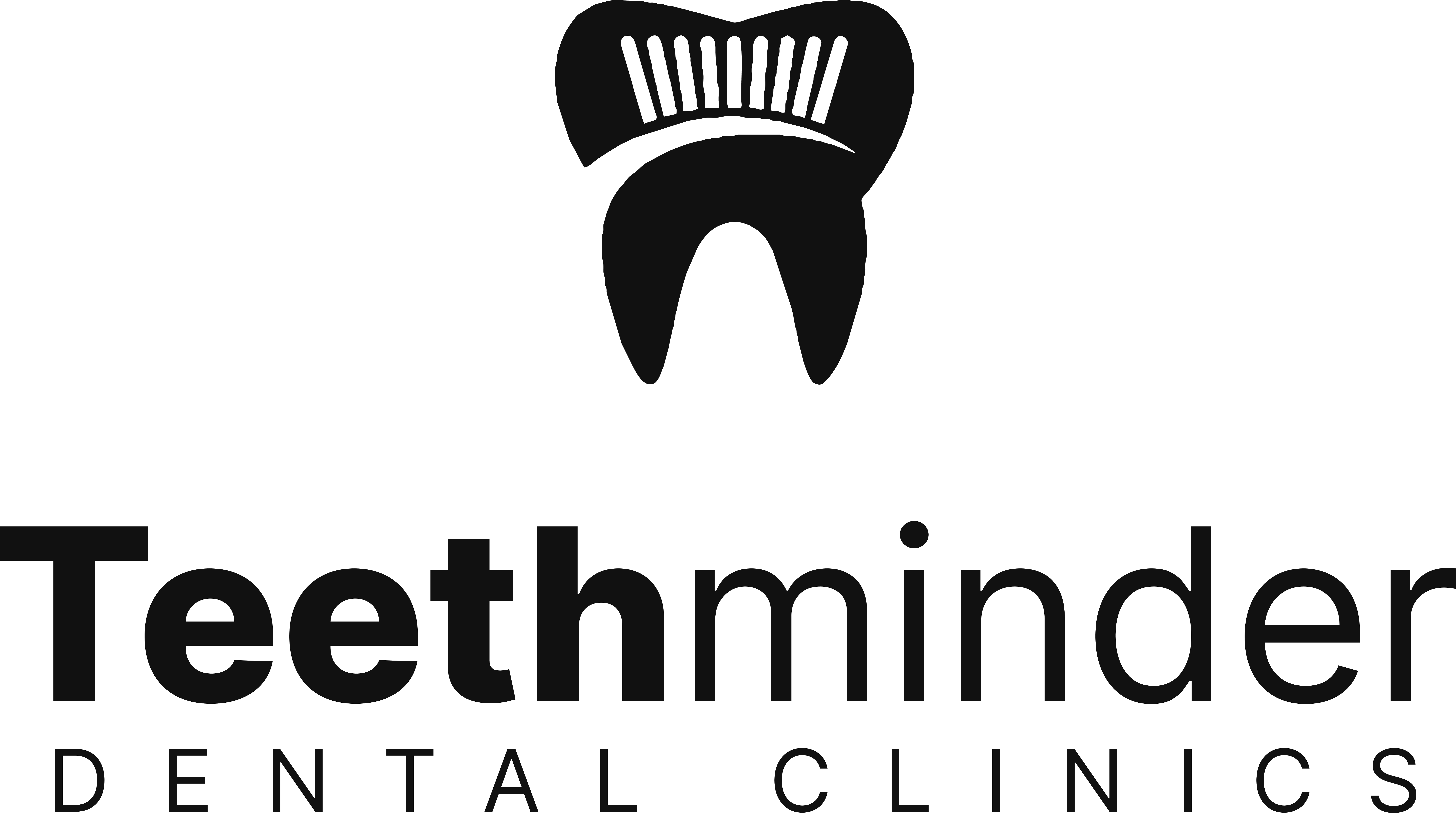
23 Oct Top 5 Myths About Teeth Whitening Debunked
Top 5 Myths About Teeth Whitening Debunked
Teeth whitening has become one of the most popular cosmetic dental procedures today, with countless products and treatments promising brighter smiles. However, like many trends, it’s surrounded by misconceptions that can mislead those seeking a perfect white smile. If you’ve been considering teeth whitening but are unsure about the facts, this blog is here to debunk the top 5 myths about teeth whitening.
1. Myth: Teeth Whitening Damages Your Enamel
Fact: One of the most common concerns about teeth whitening is that it weakens or damages the enamel. The truth is, when done correctly—whether in-office by a professional dentist or with an at-home kit approved by dental professionals—teeth whitening does not harm your enamel. Modern whitening techniques use safe ingredients like hydrogen peroxide that penetrate the tooth and break down stains without affecting the structure of your teeth.

2. Myth: Whitening Works the Same for Everyone
Fact: Everyone’s teeth respond to whitening differently. Factors like the natural color of your teeth, the cause of discoloration (genetics, age, food, or medications), and the type of whitening product you use will determine the results. While some may achieve noticeable brightness in a few sessions, others may require more time or different treatments. It’s always a good idea to consult with a dentist to understand what will work best for your unique smile.
3. Myth: Whitening Toothpaste Is Enough
Fact: Whitening toothpaste can help remove surface stains, but it doesn’t actually whiten your teeth in the same way a professional treatment or whitening kit does. Most whitening toothpastes contain mild abrasives that scrub off stains on the outer layer of the teeth, but they cannot change the internal color of the teeth. For deeper stains and long-lasting results, professional treatments or at-home whitening kits are far more effective.
4. Myth: Whitening Treatments Are Permanent
Fact: Teeth whitening results can last a long time, but they are not permanent. How long your results last depends on your lifestyle habits. If you consume a lot of coffee, tea, red wine, or tobacco, your teeth can become stained again over time. Good oral hygiene and occasional touch-ups can help maintain your whitened smile for longer periods.
5. Myth: Home Remedies Are Safer and More Effective Than Professional Treatments
Fact: There are many home remedies circulating on the internet—like baking soda, lemon juice, and charcoal—that claim to naturally whiten teeth. While these might offer some surface-level brightening, they can also be abrasive or acidic, leading to enamel damage if used incorrectly or excessively. Professional treatments and dentist-recommended kits are specifically designed to whiten teeth safely and effectively without risking damage to your enamel or gums.
Conclusion
Teeth whitening can be a safe and effective way to brighten your smile, but it’s important to separate fact from fiction. Always consult with a dental professional to ensure you’re using the right methods and products for your teeth. By understanding the truths behind teeth whitening, you’ll be better equipped to achieve the sparkling smile you’ve always wanted.



No Comments